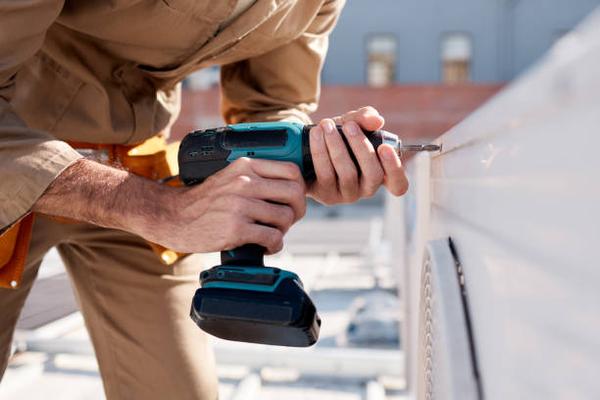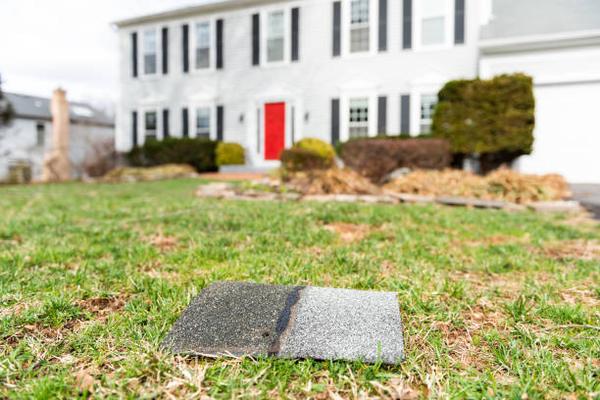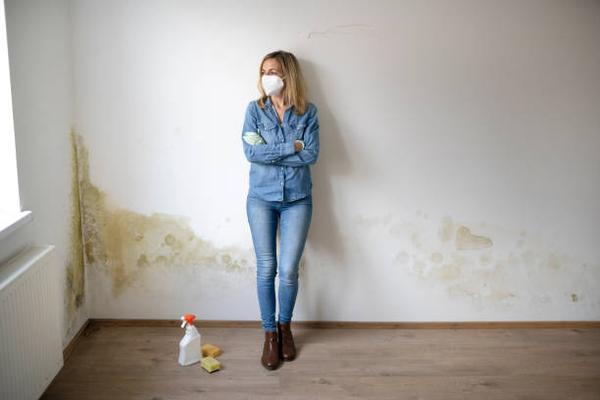The Role of Asbestos Surveys in Preventing Health Hazards
Asbestos surveys play a significant role in preventing health hazards, especially among individuals who live or work in buildings constructed with materials containing asbestos. Asbestos was extensively used in construction during the mid-20th century due to its resistance to heat and corrosion, sound absorption capabilities, and tensile strength. However, it was later discovered that prolonged exposure to this material could lead to serious health problems such as lung cancer and mesothelioma.
An asbestos survey is an effective method for identifying and managing the presence of asbestos-containing materials (ACMs) within a building. It provides crucial information about the location, amount, condition of any ACMs present. This data is then used by property owners or managers to develop an asbestos management plan which outlines how these materials will be handled or removed safely.
The primary goal of an asbestos survey is not only detecting the presence of ACMs but also preventing their disturbance until they can be safely managed or removed. Disturbed or damaged ACMs can release dangerous fibers into the air which when breathed in can cause severe damage to lungs leading eventually to diseases like asbestosis and malignant mesothelioma.
There are different types of asbestos surveys including management surveys and refurbishment/demolition surveys. A management click here survey aims at ensuring that nobody gets harmed by continuous occupation of a building having ACMs while refurbishment/demolition survey ensures no harm comes during renovation or demolition work.
A professional accredited by relevant regulatory authorities should perform these surveys following all safety guidelines meticulously. They take samples from various parts of the building being surveyed without causing unnecessary damage and send them off for laboratory testing where they are examined under microscopic conditions for traces of asbestos fibers.
Once identified, depending on their state whether damaged or undamaged; risk assessments are conducted followed by recommendations on how best to manage them either through encapsulation (sealing off) if undamaged or removal if damaged beyond repairable state.
In conclusion, conducting regular asbestos surveys is a crucial step in preventing health hazards associated with asbestos exposure. It allows for the early detection and effective management of ACMs, thereby reducing the risk of asbestos-related diseases. In addition, it ensures compliance with health and safety regulations, protecting building owners from potential legal liabilities. Therefore, if you own or manage a building that was constructed before the ban on asbestos use came into effect, it is imperative to invest in regular asbestos surveys to safeguard the health of occupants and workers alike.




